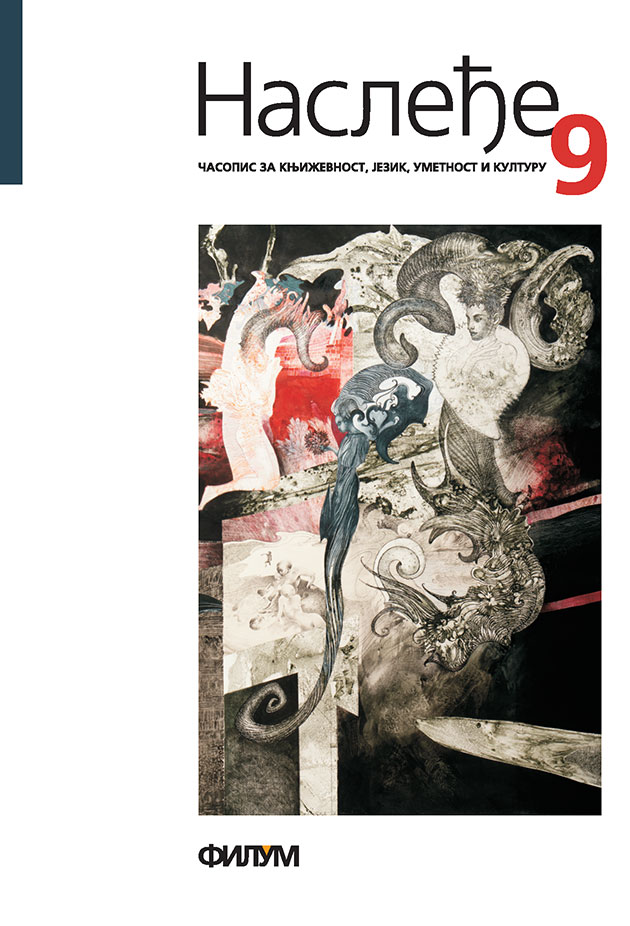LE CORPS DU VERSET: (Dé)MYSTIFICATION ET VERSIFICATION
Keywords:
body, duality, (de)mystification, verset, poetic form, discourse, sensual loveAbstract
This article wants to analyse the semantic field of ‘body’ as physical image – representation – and poetic corpus in Saint-John Perse’s poetry. The body has always been one of the poetry leitmotifs, because every human being has a dual approach to his/her body, that is the physical dichotomy attraction / repulsion which determines every manifestation of feelings and emotions. Above all, the female body has always been mystified / demystified by poetry and prose, by the verse pure or the baroque ‘accumulation’. It has been considered as the mystic object of the sacred love or the lieu profane of physical temptation, the main sign of human corruption.
The modern verset shares this duality. It is the most important mean of the religious poetry, even if some poets (like Saint-John Perse) use it as the structural form to vehicle their lyrical subjects. In particular, four questions seem to establish the central axes of this work and its textual approach. First of all, what is the relationship between poetic form and discourse? Is it possible to configure the structural scheme of images into the textual harmonic flux? Is it possible to speak about the musicality of images deeply connected to verse? Or, is it better to speak about a metaphysics of the ‘loving’ body which finds its great expression in verset?
We want therefore to put in evidence the verset souplesse and its capacity to express feelings, emotions and love out of a religious context, in order to define a poetics of sensual love / sensual body into a full, pregnant line (corpus).
References
A. Knodel, Proust et Saint-John Perse, le fossé infranchissable, „Revue de Paris“, dans St.-J. Perse, OEuvres complètes, cit., 1110-1111.
V. Groupe μ, Rhétorique générale, Paris, Éditions du Seuil, 19701, 1982.
G. Ungaretti, Préface à St.-J. Perse, „Anabasi“, in Traduzioni, Roma, Ed. Novissima, 1936.






